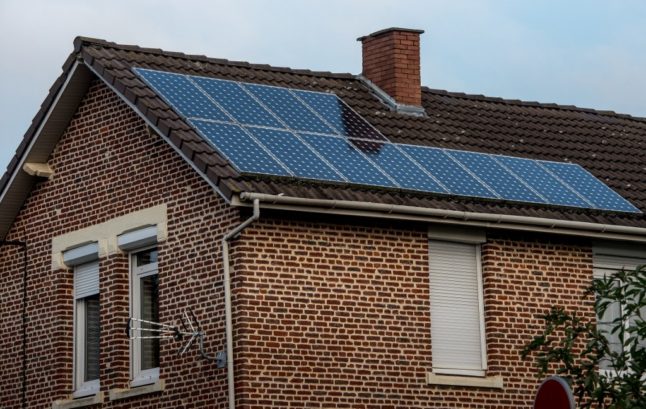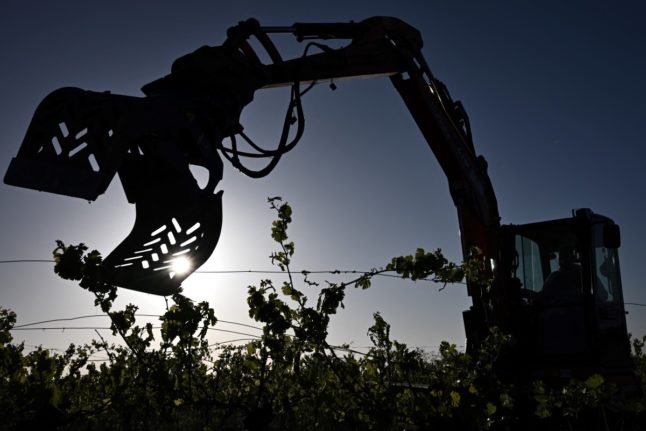New figures released by electricity grid operator Enedis shows that – in June 2023 – 325,939 households generated at least part of the electricity they used via installed solar panels. This represents a 77 percent increase since June 2022 and more than double the number of households that had solar panels in 2021.
The amount of electricity produced by domestic solar panels rose 88 percent in a year and now represents 1,629 MW, according to Enedis.
Enedis puts the increase down to rising electricity prices, combined with the government subsidies which households can claim to cover some of the cost of installing the panels.
READ ALSO How to install solar panels on your French property
Once the panels are installed, French electricity company Edf is obliged to buy back any surplus energy produced, and people who have solar panels also benefit from a reduced tariff for the electricity they consume from the grid.
Enedis listed four départements as producing more than 50MW from domestic solar panels – Haute-Garonne, Hérault, Bouches-du-Rhône and Isère – while Nord, Loire-Atlantique and Rhône each generate between 36MW and 47MW.
While installing the panels is relatively straightforward for people who live in a house that they own, the process is more complicated for apartment buildings where decisions often need to go through the building syndic and rely on the owner, rather than the tenant.
However shared projects are growing, with 224 solar co-operatives – with panels shared between a building, neighbourhood or industrial zone – counted in 2023.
However, the majority of solar production in France continues to come from solar farms on agricultural land – from 2027 it will also be a legal requirement for large car parks to have solar panels installed.
For many years heavily reliant on its nuclear industry, France has been slower than many of its neighbours to embrace renewable energy projects such as solar, wind and tidal power.
At present, 67 percent of the electricity produced in France comes from its nuclear plants. The next largest source is hydroelectric plants at 13 percent, wind energy at 7.9 percent, fossil fuels at 7.5 percent, 2.5 percent from solar panels and 1.9 percent from biofuels.



 Please whitelist us to continue reading.
Please whitelist us to continue reading.
Member comments